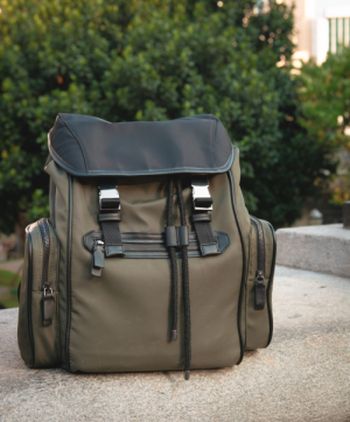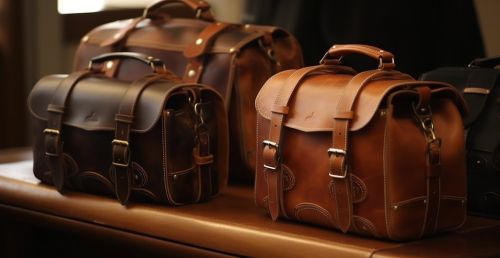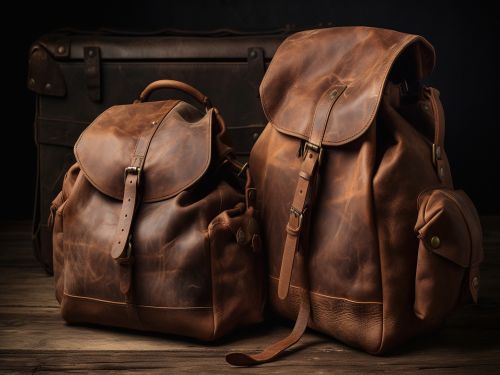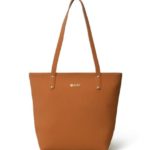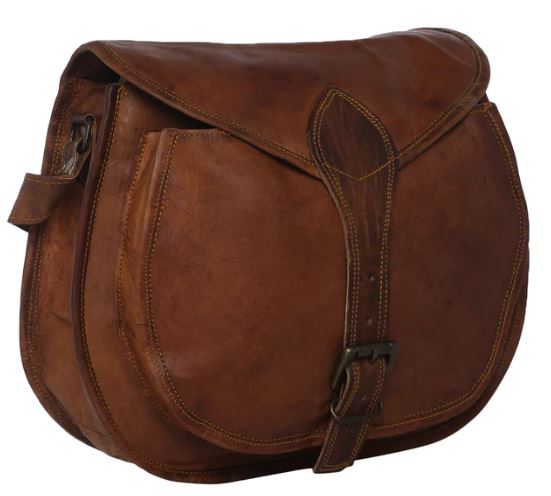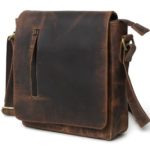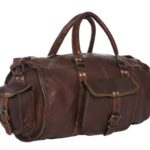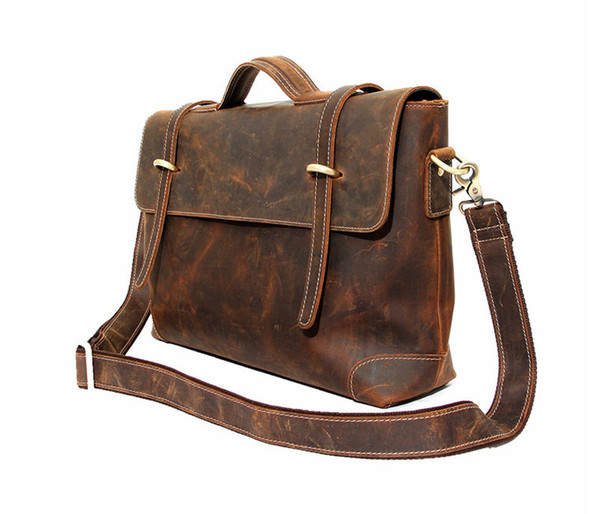Don’t fall for counterfeit leather bags anymore! Discover how to spot the genuine article and save yourself the heartache of false promises.
Investing money on a high-quality leather bag is a choice that will pay off in elegance and satisfaction for many years to come. Unfortunately, there are many low-quality, faux leather bags on the market, and it can be hard to tell which ones are which. To help you navigate the world of leather bags and make a wise purchase, we’ve put together this comprehensive guide on how to spot a fake or low-quality leather bag.
Know Your Leathers
Recognizing a fake or low-quality bag begins with knowledge of the various leathers available. There are four distinct types of genuine leather, all of which are crafted from animal hides.
Full-grain leather: The highest quality made from the top grain Full-grain leather, the best grade available, keeps the animal’s original markings and texture intact. It holds up well and ages gracefully, acquiring a lovely patina.
Top-grain leather: A more affordable option, top-grain leather, has had its surface sanded and a finish applied to remove flaws. It’s not as sturdy or breathable as full-grain leather.
Genuine leather: The term “genuine leather” can be misleading, as it refers to the lowest quality of real leather. It is made from the leftover scraps of hide, bonded together with glue and coated with a synthetic material.
Bonded leather: The cheapest and low quality and most inexpensive type of leather. It is created by fusing leather scraps with a synthetic polymer and then giving them a leather-like texture. It doesn’t hold up well and easily peels or cracks after some time has passed.
Fake Leather: Is made from plastic materials like polyurethane or PVC, which goes by other names such as faux leather and synthetic leather.
Identifying fake leather can be difficult, but knowing the different varieties of genuine leather will help you make a more educated judgement.
Check the Price
To create a high-quality leather bag, only the finest materials and meticulous craftsmanship will do. So, they are typically more costly. If the price of the bag you’re considering seems too good to be true, it’s likely a fake or low-quality product. While there are occasional deals and discounts, be wary of costs that are much cheaper than what you’d expect for a genuine leather bag.
Make Sure You Read the Label
Many name-brand leather handbags will have a label specifying the leather type used. Keep an eye out for terms like “full-grain,” “top-grain,” and “genuine leather” on the product’s label. Look for words like “man-made,” “synthetic,” or “PU leather” to determine whether or not the bag is genuine leather. Labels aren’t the be-all and end-all of authenticity; counterfeiters can easily make fake ones.
Analyze the Seams
The stitching on a genuine leather bag will be tight and uniform all the way through. A low-quality or phony bag will have sloppy construction, such as poorly spaced or loose stitches. Double stitching at stress points is another hallmark of a genuine leather bag’s construction that may be lacking in cheaper imitations.
The Leather Has a Wonderful Scent
Real leather has an aroma that is hard to imitate with fakes. A common characteristic of fake leather is a distinct chemical or plastic smell. If the bag has a chemical, vinyl, or rubbery odour, it is most likely not leather.
Feel the Texture
The texture of a genuine leather bag is one of a kind and might change depending on the leather used. Examples of this kind of leather include full-grain, which keeps the animal’s scars and other unique characteristics. Yet, synthetic leather often has a more consistent texture that can come across as smooth or artificial. Examine the leather carefully by feeling it and noting how it feels. Contrary to its counterfeit counterparts, real leather should be soft, pliable, and warm to the touch. Fake leather, on the other hand, may be rigid, chilly, or overly smooth.
Check for Natural Imperfections
Authentic leather has its flaws and natural variances in color, grain, and texture because it is crafted from the skins of animals. And these kinds of imperfections, only serve to further establish its authenticity and individuality. On the other hand, fake leather frequently has a consistent, faultless appearance that lacks the charm and authenticity of real leather. Genuine leather handbags can be recognized by their unique character marks, which may include scars, wrinkles, or variances in the leather’s grain.
The Water Test, Please
Synthetic leather typically repels water, but genuine leather absorbs it. The water test entails putting a drop of water on the outside of the bag to see if it leaks. Genuine leather will absorb water quickly. If water beads up on the surface or settles on top of the bag, it’s not real leather. It’s important to use caution when conducting this test, as it could potentially stain or damage leather.
Observe the Edges
Genuine leather handbags typically have unfinished or minimally polished edges that highlight the material’s grain. Uniform, precisely cut edges may be covered in a plastic-like substance on fake leather handbags. The quality and genuineness of the leather can be determined by looking at the bag’s edges.
Verify All Hardware
Zippers, buckles, and clasps on high-quality leather bags tend to be well-made and long-lasting. The hardware on counterfeit or low-quality bags, on the other hand, may be too light or too pliable to be reliable. In addition, authentic branded bags will always have the brand’s emblem or name etched on the hardware, while knockoffs may use a generic or badly imprinted logo.
Conclusion
Spotting a fake or low-quality leather bag can be a daunting task, but with the right knowledge and keen observation, you can confidently identify and avoid counterfeit products. By considering factors such as the type of leather, price, label, stitching, smell, texture, imperfections, water absorption, edges, and hardware, you’ll be well-equipped to make an informed decision and invest in a genuine, high-quality leather bag that will stand the test of time.
